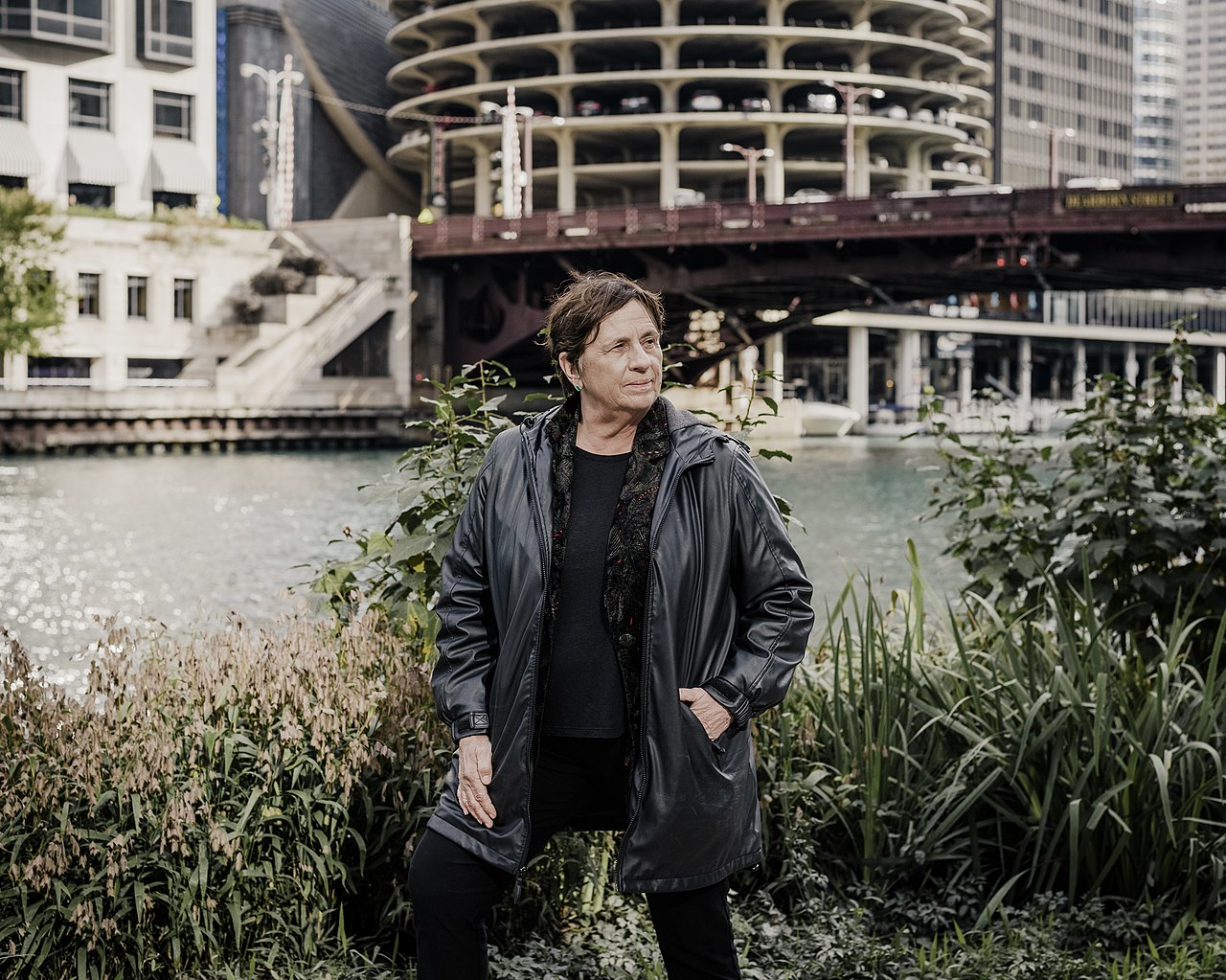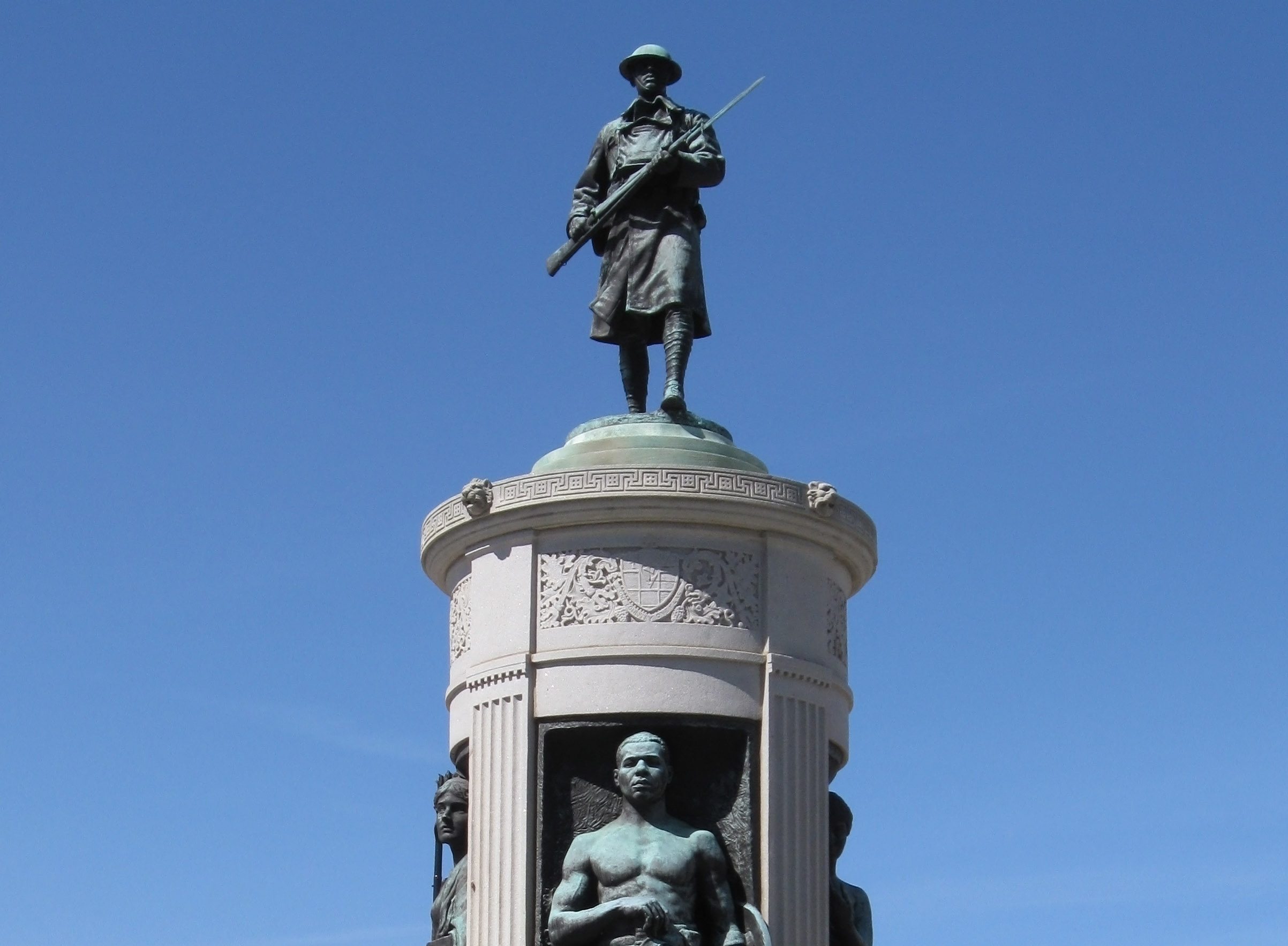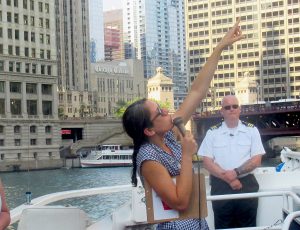The Second Church of Christ, Scientist in Lincoln Park is at the center of a bubbling preservation battle. The congregation has shrunk precipitously and can no longer afford their historic venue. Thus, a battle has erupted between the forces of architectural preservation, led by the venerable Preservation Chicago, and those of commercial development. It is just one example of the preservation battle happening with historic buildings across the country. I’ve also got some skin in this game, since I live right around the corner.
We research stories from Chicago history, architecture and culture like this while developing our live virtual tours, in-person private tours, and custom content for corporate events. You can join us to experience Chicago’s stories in-person or online. We can also create custom tours and original content about this Chicago topic and countless others.
History of the Second Church of Christ, Scientist
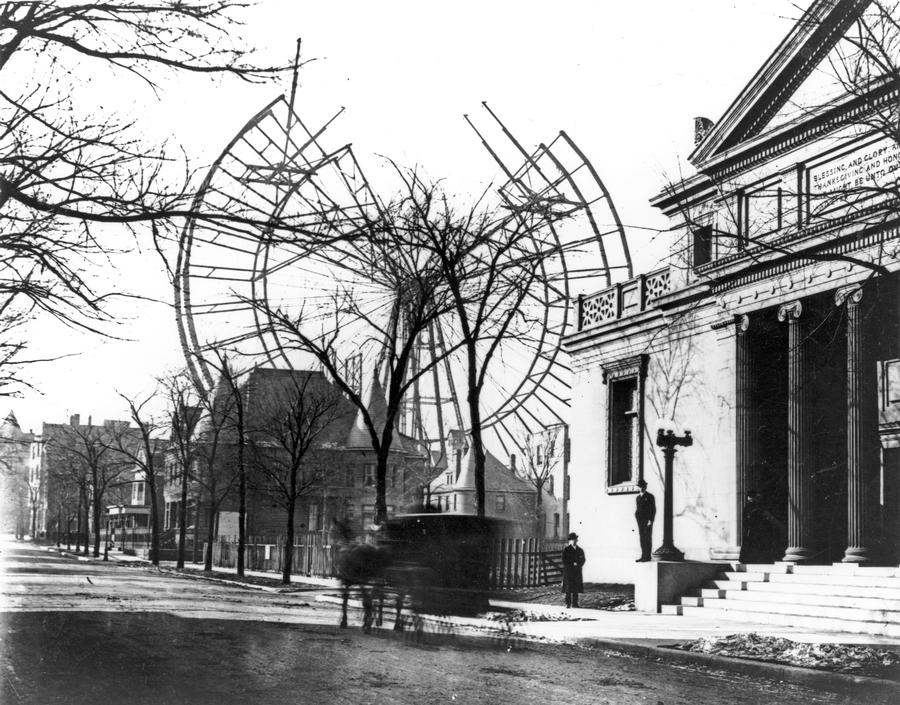
The church is located just a block from Lincoln Park in the eponymous neighborhood. Built in 1901, the Second Church of Christ, Scientist is a notable landmark in the area.
Back then this slice of the neighborhood was among the most elite parts of the city. Notables like former Governor John Peter Altgeld lived around the corner. The area is strewn with historic mansions, perhaps most notably the Wrigley and Dewes houses. The new Christian Scientist church aimed to appeal directly to the refined sensibilities of these neighbors, who were open to new religious approaches.
The Christian Scientist denomination originated with a New England woman named Mary Baker Eddy. Like many other 19th-century Yankees, she spun the traditional Protestant faith of her forebears into a new denomination. She preached that illness was an illusion that only prayer could alleviate. She garnered many upper crust followers. The most well-to-do people were particularly exposed to new advances in industry and science. As they tried to reconcile their religious beliefs with changing times, Victorian-era people, like the inhabitants of Lincoln Park, looked to metaphysical explanations such as those of Eddy for the few remaining mysteries of the world.
Architecture from the Columbian Exposition
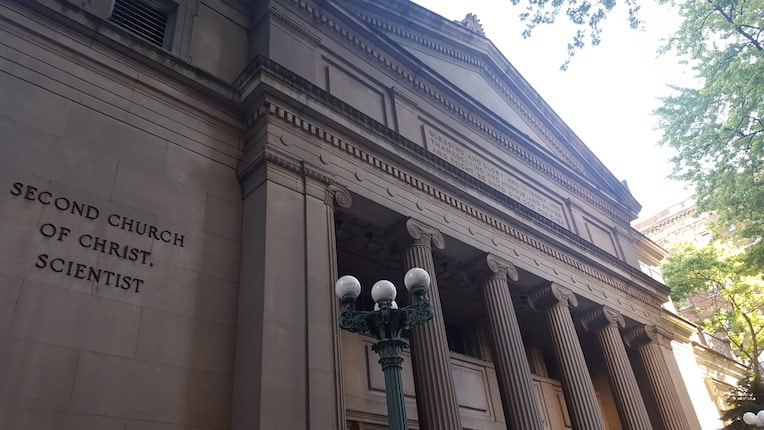
I live in the neighborhood, and have marveled at the Neo-classical grandeur of the Second Church of Christ, Scientist. Chicago architect Solon S. Beman designed it. His most famous work is the planned Pullman community on the Far South Side. But that only scratches the surface of his prodigious career. Beman also designed Chicago landmarks like the Fine Arts Building (a major spot in local LGBT history) and the now-demolished Grand Central Station of Chicago.
The Columbian Exposition, also known as our beloved 1893 World’s Fair, had an indelible impact on his style. The Beaux Arts neoclassicism which Daniel Burnham supported became Beman’s template for his Merchant Tailors’ Building. Beman basically recycled the design for that building for the Second Church of Christ, Scientist here in Lincoln Park.
Both the Merchant Tailors’ Building and the church building are perfect examples of neoclassical design. Beman designed the facade to mimic that of an ancient Greek or Roman temple. A line of Ionic capitol columns hold up the entablature straight out of ancient Athens. A soaring dome vaults up behind the facade, giving the worship space a dramatic flair. Beman’s work here became the model for numerable other Christian Scientist churches. I’ve always loved its stately presence on the block.
The Core of the Preservation Battle

Today, the congregation cannot support their historic home. The Christian Scientist denomination’s membership across the country has fallen dramatically. In fact, this congregation reportedly has only 12-15 members. Dozens of churches have shuttered across the country. The Lincoln Park congregation reportedly needs $4 million in repairs, which the limited number of congregants cannot hope to cover.
According to an article in the Inside-Booster, Ward Miller, the Executive Director of Preservation Chicago, approached them with an offer to convert the building into a cultural center. An unnamed local non-profit foundation wanted to preserve the historic building and then convert it into a Lincoln Park equivalent to downtown’s Cultural Center. They even offered to let the congregation continue to meet for services on Sundays and holy days.
Unfortunately, the congregation rejected this offer in the hopes of selling the property to a residential developer. The most likely outcome of such a sale would be either full demolition or a facade-ectomy. Either way, for this neighborhood the architecture would be yet another mid-rise glass-clad condo building. Three other high-rise buildings are already under construction within a block. Some in the community have wondered if the small congregation are hoping for a personal windfall if they sell the building for commercial redevelopment.
The ultimate fate of the building within this preservation battle is unknowable, but certain. The congregation which has met here for over a century will soon attend services for the last time. What happens next remains to be seen, but it will reflect the ongoing battle between the architecture of our past and the architecture of our future here in Chicago.
-Alex Bean, Content Manager and Tour Guide
ABOUT CHICAGO DETOURS
Chicago Detours is a boutique tour company passionate about connecting people to places and each other through the power of storytelling. We bring curious people to explore, learn and interact with Chicago’s history, architecture and culture through in-person private group tours, content production, and virtual tours.


